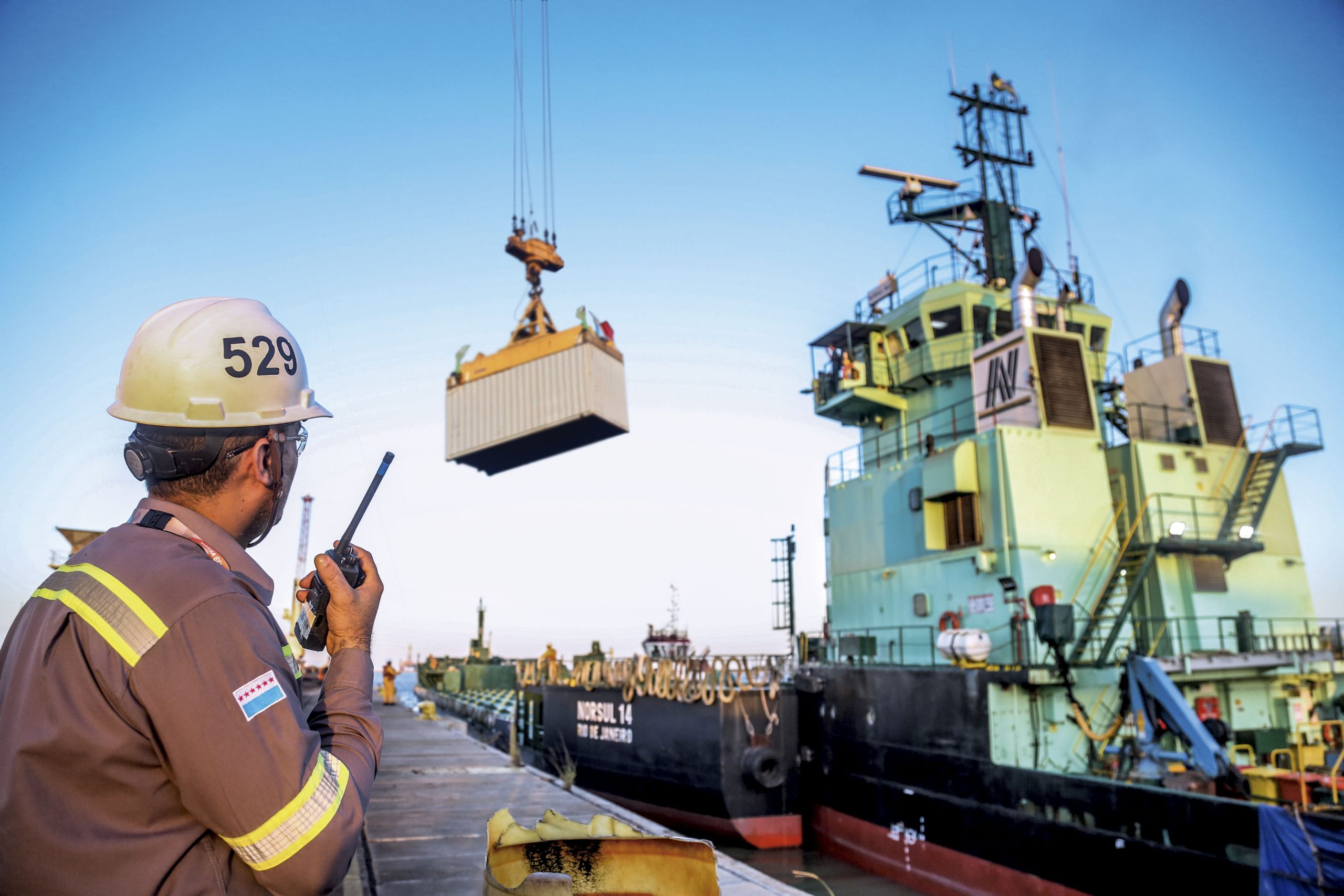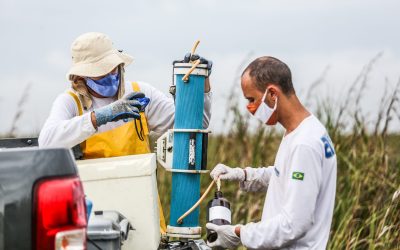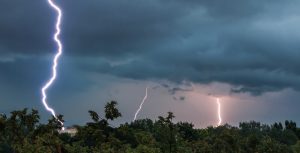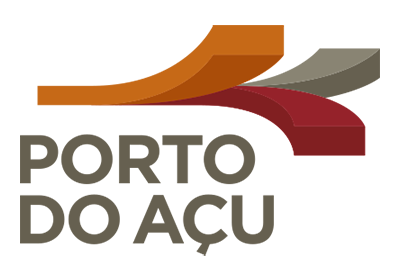Environmental Management
Home » Environment and Climate » Environmental management
Management System Centered on Best Practices
Our operations aim to achieve high-performance environmental management, focusing on driving development while protecting the surrounding environment.
We have a robust procedure for assessing the environmental aspects and impacts of our activities. Together with legal requirements and best practices, they guide our programs, monitoring measures and environmental control.
Our environmental management system obtained Ecoports certification for the second time. In 2024, we obtained ISO 14001 certification. To help reduce maritime chain emissions and improve regional air quality, we joined the Environmental Ship Index (ESI) in 2021, offering reduced access fees to clients with less polluting vessels.
Our management is led by PdA’s Port Control and Port Development and ESG teams.
To learn about the scope of Porto do Açu Operações’ Environmental Management System and other related documents, visit our Library.
Environmental permitting and legal requirements
- Management of legal requirements: We have effective measures in place to control and mitigate risks. These measures are monitored by routine inspections and cycles of annual internal and external audits and supported by a robust process that involves Management of Legal Requirements and Environmental Audits. To this end, using the CAL4.0 System developed by IUS Natura, we map legislation and the level of compliance with regulatory requirements.
- Environmental permitting: Our operations obtained permits from INEA (State Environmental Institute), which monitors compliance with permit requirements by conducting regular inspections and analyzing monitoring reports. T-MULT operations are authorized through operating permit LO IN003957, and South Mole is through LO IN052580.
- Aspects and impacts management: The environmental aspects we manage include water and energy consumption, solid waste and effluent generation, and air emissions. Regarding port administration activities, we are responsible for managing maritime and land accesses, besides the dredging operations at Terminal 2 and, therefore, for ensuring compliance with the applicable legal and permitting requirements and best environmental practices available.
Learn more about our documents related to environmental control and procedures, besides the latest audits at Library.
Management System Focused on Good Practices
Our environmental management is based on mapping environmental aspects and risks, through technical assessments and studies, and is guided by standards and procedures, in line with our Sustainability Policy.
We have been part of the Ecoports Network since 2019 and, in 2021, we received the Ecoports Certification, which was renewed in October 2023 and is the only environmental management certification specific to the port sector, connecting us with a global network focused on good environmental practices.
Our management is led by the teams responsible for Port Development and ESG, and for Port Control at Porto do Açu.

Environmental permitting
Our operations obtained permits from INEA (State Environmental Institute), which monitors compliance with permit requirements by conducting regular inspections and analyzing monitoring reports. T-MULT operations are authorized through operating permit LO IN003957.
Management of legal requirements
We have effective measures in place to control and mitigate risks. These measures are monitored by routine inspections and cycles of annual internal and external audits and supported by a robust process that involves Management of Legal Requirements and Environmental Audits.
To this end, using the CAL4.0 System developed by IUS Natura, we map legislation and the level of compliance with regulatory requirements.
Environmental controls
The environmental aspects we manage include water and energy consumption, solid waste and effluent generation, and air emissions. Regarding port administration activities, we are responsible for managing the dredging operations at Terminal 2 and, therefore, for ensuring compliance with the applicable legal and permitting requirements and best environmental practices available.
- Solid Waste and Liquid Effluent Management Program
- Control of Air Emissions
- Environmental Inspection Plan
- Synanthropic Wildlife Control Plan
- Monitoring of Water for Human Consumption
- Monitoring of Raw and Treated Effluents from the Drainage System
- Transportation, Storage, and Handling of Hazardous Chemicals
• Solid Waste and Liquid Effluent Management Program
• Control of Air Emissions
• Environmental Inspection Plan
• Synanthropic Wildlife Control Plan
• Monitoring of Water for Human Consumption
• Monitoring of Raw and Treated Effluents from the Drainage System
• Transportation, Storage, and Handling of Hazardous Chemicals
Environmental management of dredging operations
Dredging¹ is essential for maintaining and ensuring navigability of port channels and the safe operation of terminals. Given its complexity, it requires robust management and operational processes to ensure that impacts and risks are properly controlled.
At Açu, dredging operations comply with our environmental permits and applicable standards and follow the guidelines provided by environmental authorities, advisory and intervening agencies, and specialized environmental consultants.
We are geographically located in the breeding area of loggerhead sea turtles (Caretta caretta species). Dredging is therefore a unique challenge, as it involves measures to protect these animals.
We have established a Standard Protocol for Maintenance Dredging, which contains the following measures.
- Protection of sea turtles
- Control of light pollution
- Marine monitoring and marine discharge area
- Management of solid waste and liquid effluents
- Emergency management
- Control of noise and air emissions
- Social communication
- Environmental education
• Protection of sea turtles
• Control of light pollution
• Marine monitoring and marine discharge area
• Management of solid waste and liquid effluents
• Emergency management
• Control of noise and air emissions
• Social communication
• Environmental education
¹Consists of excavation and soil removal activities at any depth using various types of equipment..
Environmental monitoring and quality indices
We perform environmental monitoring in compliance with the permitting processes and applicable legislation, in line with best practices and the ongoing improvement of the port industry.
Using our robust network for monitoring continental and marine water resources, air quality, noise emissions, and wildlife, we track the environmental quality of the port and its surroundings, creating a database that dates back to the period prior to the implementation of the project.
- Marine water quality, sediments, biota, and bioindicators
- Groundwater quality
- Quality of continental water resources: Iquipari, Veiga, and Salgada lagoons and the Quintingute Channel
- Exotic species
- Coastal morphodynamics
- Air quality
- Noise emissions
- Management of liquid effluents
• Marine water quality, sediments, biota, and bioindicators
• Groundwater quality
• Quality of continental water resources: Iquipari, Veiga, and Salgada lagoons and the Quintingute Channel
• Exotic species
• Coastal morphodynamics
• Air quality
• Noise emissions
• Management of liquid effluents



By monitoring historic data, we began to develop environmental quality indices for the area surrounding Port of Açu. These indices allow us to perform an integrated analysis of the data, facilitating reporting, management, and decision-making to ensure that environmental quality is maintained.
Environmental Ship Index (ESI)
Since March 2021, we have been using the Environmental Ship Index (ESI), an initiative of the World Ports Sustainability Program (WPSP) and linked to the International Association of Ports and Harbors (IAPH), which classifies ships that exceed the emission standards set by the International Maritime Organization (IMO). As a result, we are now part of the global network of ports that applies differentiated rates to ships that adhere to higher environmental standards to minimize NOx and SOx emissions. In 2023, we joined ESI’s board and made technical contributions to the global debate on reducing air emissions from ships, including Greenhouse Gases (GHG), in line with the IMO’s decarbonization commitments.
Monitoring meteorological and oceanographic conditions
Port of Açu has a comprehensive weather and ocean data monitoring system specifically developed for maritime and port operations and considered one of the most modern and complete among Brazilian ports. The system is composed of nine stations that measure wave height and period, current and wind direction and speed, tidal visibility and amplitude, as well as rainfall.
This information is available online to Port of Açu’s VTS² Center, which is responsible for managing maritime traffic for maneuvering vessels and maritime authorities, and can also be integrated into monitoring and management systems.
Historical information is also available for studies on the sizing of maritime traffic and sedimentation, and to support port development projects.
With local and hyperlocal forecasts up to eight days in advance, the system makes it possible to analyze operational conditions and risks for each terminal and type of maneuver, which can be accessed via individual login at Sigma and i4
²Vessel Traffic Service
Environmental education
In order to promote individual and collective responsibility and culture for environmental conservation, we carry out environmental education activities with our employees, users of the Port, and members of the local community, in line with the region’s social and environmental agenda. These initiatives are promoted through partnerships with local players, such as municipal Boards of Education and Environmental Departments, universities, scout groups, and NGOs.
ENVIRONMENTAL EDUCATION and
COMMITMENT, pillars of
our SUSTAINABLE OPERATIONS

Learn about other topics related to the Environment and Climate

Biodiversity
We understand the importance of conserving biodiversity in line with the sustainable development of our activities and we support biodiversity conservation through the Caruara Private Natural Heritage Reserve (RPPN Caruara).

Climate Change
In developing our business, we seek to fully incorporate the risks and opportunities of climate change. Our work is based on three pillars: mitigation, adaptation, and opportunities, with a focus on energy transition and low-carbon businesses.



